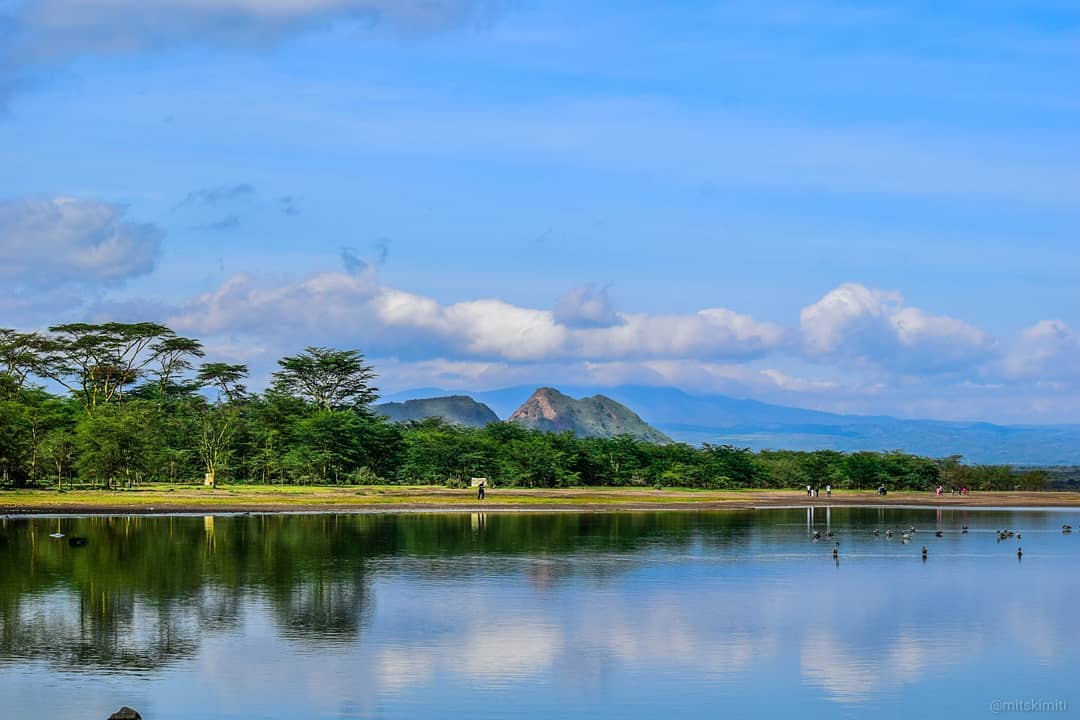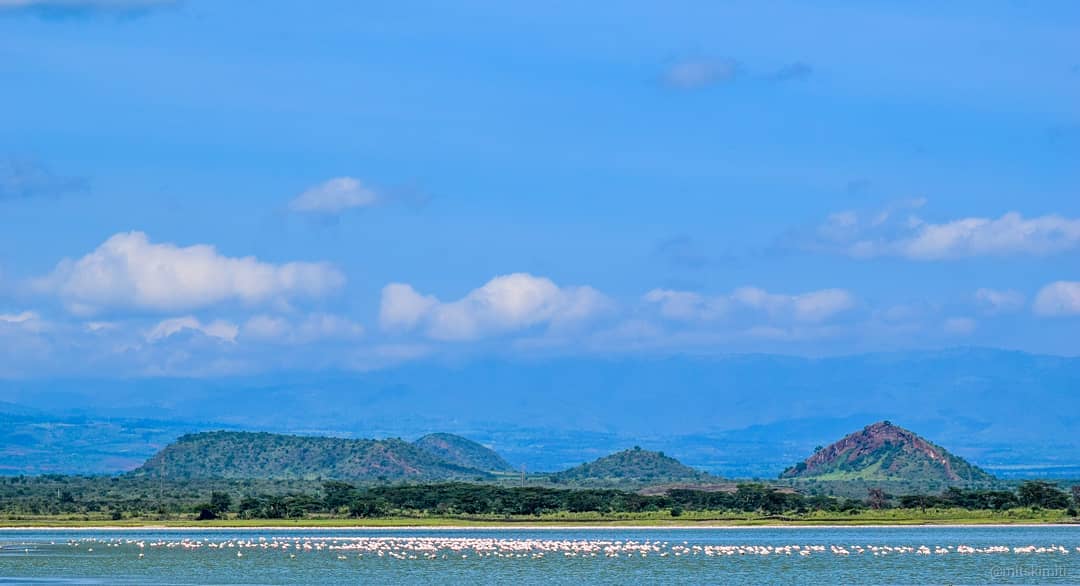Lake Elementaita
When: Tour starts every day.
Duration:
Highlights:
Language: The tour is originally in English.
Lake Elmenteita is derived from the Masaai word muteita, meaning “dust place”, a reference to the dryness and dustyness of the area, especially between January and March. The lake is normally very shallow (1 m deep) and bordered by trona-encrusted mudflats during the dry seasons. During the late Pleistocene and early Holocene, Lake Elmenteita was at times united with an expanded Lake Nakuru, forming a much larger dilute lake. Remnants of the former joined lake are preserved as sediments at various locations around the lake basins, including former shorelines.
Lake Elmenteita is between Lake Naivasha and Lake Nakuru. The major Nairobi-Nakuru highway.Today the lake is a protected area due to its birdlife fame and also it has been named as one of the heritage sites together with the Lake Nakuru and Lake Bogoria by UNESCO.
At the southern end of the lake are the “Kekopey” hot springs, in which the Tilapia grahami breed, very popular for bathing. The reed beds nearby are fishing grounds for night herons and pelicans
The Lake Elmenteita area saw its first white settlement when Lord Delamere (1879-1931) established Soysambu, a 48,000-acre (190 km2) ranch, on the western side of the lake. Delamere gifted the land on the other side of the lake to his brother-in-law, the Honorable Galbraith Lowry Egerton Cole (1881-1929), part of whose “Kekopey Ranch”, where he is buried,is preserved today as the Lake Elementaita Lodge.
Soysambu ranch is still occupied by Lord Delamere’s descendants. Thomas P. G. Cholmondeley who has been instrumental in setting up the Soysambu conservancy. The conservancy covers 2/3 of the shoreline and is home to over 12000 wild animals. Lake Elmenteita has been a Ramsar site since 2005.Over 400 bird species have been recorded in the Lake Nakuru/Lake Elmenteita basin. Elmenteita attracts visiting flamingoes, both the Greater and Lesser, which feed on the lake’s crustacean and insect larvae and on its suspended blue-green algae, respectively. Tilapia were introduced to the lake from Lake Magadi in 1962 and since that time the flamingo population has dwindled considerably. The tilapia attract many fish-eating birds that also feed upon the flamingo eggs and chicks. The lake’s shores are grazed by Zebra, Gazelle, Eland and families of Warthog.
Activities
- Nature
- Bird watching
- Game



